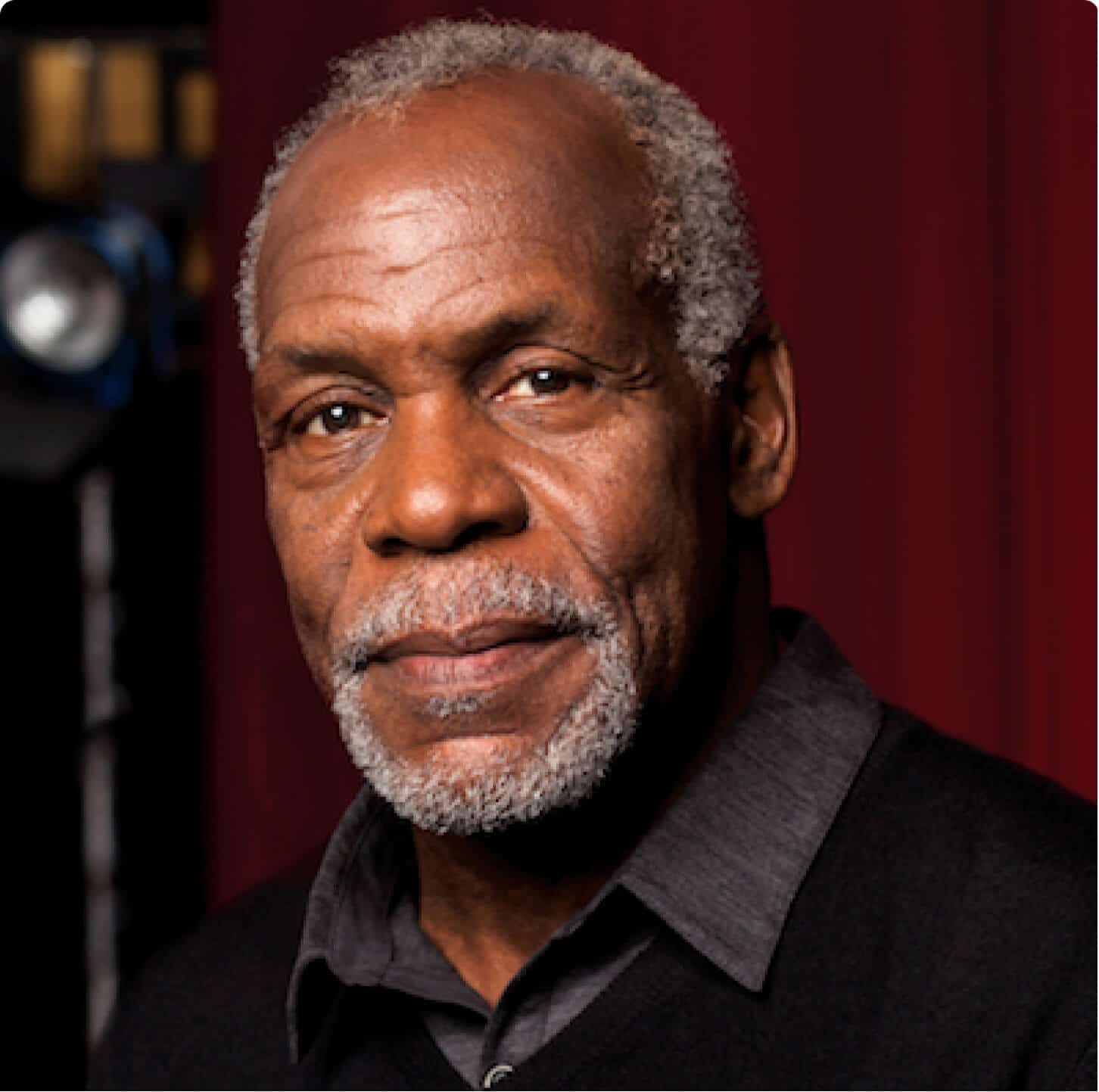How The Arts Foster Community And Create Change
In an area with such stark inequality as the Bay Area, with pressing human needs such as poverty and homelessness, why should foundations and philanthropists support artists and arts organizations? The answer to this question lies in how we consider artists and cultural workers in relation to the community, and how they help address these and other problems.
The arts provide a way to bridge gaps and amplify the voices of those who may not otherwise be heard. This is not new. Throughout history, artists have used their art to catalyze social movements, spark revolutions and change entrenched societal beliefs. These artists often emerge from current struggles and work to change narratives around racial inequity, community health, housing and economic displacement.
For example, throughout Oakland’s history, activists have used their art to effect change. Groups from the Black Panther Party to Black Lives Matter to LGBTQ+ rights groups have often used creative expression as part of their tactics in Oakland and the Bay Area.
Today, Oakland remains a bastion of creative expression, with artist communities surviving in the area against great odds. The Joyce Gordon Gallery, the Betti Ono Gallery and the resident companies in the Malonga Casquelourd Center for the Arts located in the heart of downtown Oakland helped mobilize the larger arts community in working with city officials to create legislation launching Oakland’s first arts and culture district — the Black Arts Movement Business District (BAMBD) along Oakland 14th Street corridor. The arts are of vital importance to Oakland’s past and present. The arts foster community and create change toward a more just world.
In general, large and small arts organizations have struggled, yet small organizations led by people of color and LGBTQIA+ have struggled to sustain themselves and as a result many of them have closed their doors.
We are burdening organizations led by people of color, LGBTQIA+ people, people with disabilities, and other marginalized people with the most onerous, time-consuming proposals for the lowest amounts of funding. This needs to change.
In California there are 103,191 arts-related organizations employing 545,627 people, with nearly 40,000 arts employees in San Francisco alone. As a way of supporting arts organizations working on the front lines of advancing racial and economic equity, the San Francisco Foundation Place Pathway launched the Artistic Hubs Cohort in 2013 and is now supporting a second cohort. AHC organizations such as Grown Women Dance Collective, consisting of dancers aged 50 and over, is partnering with the East Bay Housing Organizations to create a dance piece to help organize affordable housing residents, many of whom are African American seniors. Additionally, in San Francisco’s Chinatown, the Chinese Culture Center is hosting an international exhibit on LGBTQIA+ people in 2020 to highlight the narratives of this often overlooked Bay Area population.
Local and national funders play a key role in these organizations’ ability to create capacity, as do city officials and policymakers. However, people of color, along with other marginalized groups, face an uphill battle to receive funding for their projects. Even during what the United Nations has declared the International Decade for People of African Descent, organizations led by people of color have received, on average, only 10% of philanthropic dollars over the past few decades.
We need artists and cultural workers to help address serious, systemic challenges in the Bay Area, where extreme wealth coexists with extreme poverty. Actions that can help to improve these circumstances:
- Funders and government should increase their investments in the small arts community
- Funding applications need to be simplified and streamlined to create a level playing field for smaller arts organizations.
- Funders should prioritize general operational support, capacity building and facilities grants so that more arts organizations can obtain the facilities they need in order to operate.
- Voters and appointing bodies need to put arts and cultural leaders on school boards, commissions and funding advisory committees.
Because of their potential for integrating economic development, performing arts and human services, arts organizations are critically important voices in policy conversations around cultural economies, creative placemaking, restorative justice and community cohesion. Sitting at the table with policymakers and philanthropists in conversations about critical social issues is an important next step for arts organizations.
Maya Angelou once said that “all great artists draw from the same resource: the human heart, which tells us that we are all more alike than we are unalike.” It is often through artistic connections, speaking directly from the human heart, that we can cultivate change and transform the cultural narrative, perceptions and even policies.

